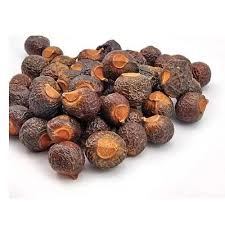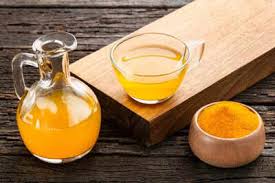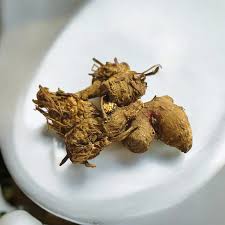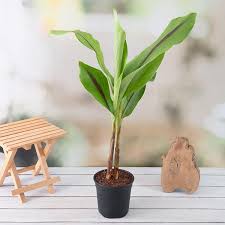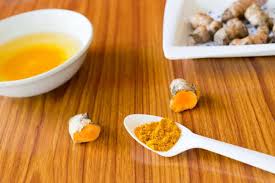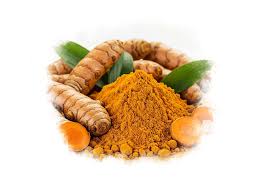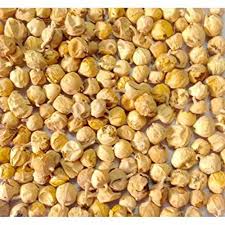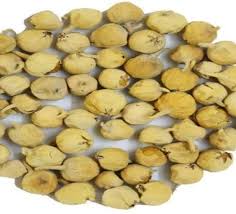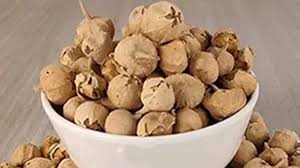
Paneer Phool vs. Ashwagandha – What’s the Difference?
Ayurveda has given the world a treasure trove of herbs, each with distinct healing powers. Two powerful herbs that often come up in wellness discussions are Paneer Phool (Withania coagulans) and Ashwagandha (Withania somnifera). While both belong to the same botanical family and share some overlapping benefits, they serve very different roles in Ayurvedic therapy.
At Dirghaanshi, we are committed to exploring the deep-rooted wisdom of herbal wellness. In this article, we’ll compare Paneer Phool and Ashwagandha across various dimensions—benefits, uses, target health concerns, and how to choose the right one for your unique wellness journey.
Long Description: Paneer Phool vs. Ashwagandha – A Detailed Ayurvedic Comparison
🌿 What is Paneer Phool?
Paneer Phool, also known as Withania coagulans or Indian Rennet, is a wild herb found in dry regions of India and Pakistan. It has been traditionally used to coagulate milk and is now gaining popularity for its anti-diabetic, hepatoprotective, and anti-inflammatory properties.
✅ Main Benefits of Paneer Phool:
Regulates blood sugar levels
Detoxifies liver and pancreas
Reduces inflammation in metabolic tissues
Aids digestion and gut health
Supports mild weight loss by balancing metabolism
Common Usage:
Soaking dried flowers overnight and consuming the water on an empty stomach.
🌿 What is Ashwagandha?
Ashwagandha, also known as Withania somnifera or Indian Ginseng, is one of the most well-known adaptogens in Ayurveda. It helps the body cope with stress, boosts energy, and balances hormones.
✅ Main Benefits of Ashwagandha:
Reduces physical and mental stress
Improves strength and stamina
Balances cortisol and thyroid levels
Enhances memory and cognitive performance
Supports reproductive and sexual health
Common Usage:
Taken as a powder with milk or in capsule/tablet form, often in the evening.
🌿 Comparative Overview
Criteria Paneer Phool Ashwagandha
Botanical Name Withania coagulans Withania somnifera
Family Solanaceae Solanaceae
Primary Use Blood sugar and liver detox Stress relief and energy balance
Target System Liver, pancreas, metabolism Brain, adrenal glands, reproductive
Ideal For Diabetics, detox seekers Stress, fatigue, hormonal imbalance
Strength of Action Gentle and progressive Deep and adaptogenic
Form of Use Dried flowers or powder (decoction) Powder, capsule, or tablet
Common Side Effects Rare; mild gastric issues if overdosed May cause drowsiness or heating effect
🔍 Detailed Comparison
🧠 1. Impact on the Nervous System
Ashwagandha acts directly on the nervous system, reducing anxiety, increasing focus, and improving sleep quality. It calms the mind and is ideal for people with stress-induced problems.
Paneer Phool has no direct impact on the brain but helps the nervous system indirectly by removing toxins from the liver and improving sleep through better metabolism.
Conclusion: Ashwagandha is the go-to herb for mental clarity, relaxation, and emotional balance.
🍽️ 2. Effects on Metabolism and Digestion
Paneer Phool improves metabolism by supporting liver and pancreatic function. It detoxifies the digestive tract and is ideal for people with sluggish digestion, acidity, or high sugar levels.
Ashwagandha mildly stimulates metabolism but is more focused on building strength than cleansing.
Conclusion: Choose Paneer Phool if you’re focusing on metabolic detox and weight regulation.
💉 3. Blood Sugar and Diabetic Support
Paneer Phool is considered one of the top Ayurvedic herbs for diabetes. It helps regulate blood glucose, reduce sugar cravings, and prevent insulin resistance.
Ashwagandha may slightly lower blood sugar but is not recommended as a primary herb for diabetic care.
Conclusion: Paneer Phool is a better option for managing diabetes and pre-diabetic conditions.
💪 4. Energy and Physical Strength
Ashwagandha is a well-known energy booster. It improves physical performance, enhances endurance, and increases muscle strength.
Paneer Phool does not directly improve strength but supports clean energy by detoxifying the body.
Conclusion: For physical stamina and recovery, Ashwagandha wins.
😴 5. Sleep and Stress Relief
Ashwagandha helps regulate cortisol levels, improves sleep quality, and combats adrenal fatigue. It is ideal for people with insomnia, anxiety, and hormonal imbalances.
Paneer Phool may improve sleep by promoting metabolic balance but has no adaptogenic or calming effects.
Conclusion: Choose Ashwagandha for deep sleep and emotional wellness.
🌿 6. Reproductive and Hormonal Health
Ashwagandha has been traditionally used to boost libido, fertility, and balance hormones in both men and women.
Paneer Phool has no known direct effect on reproductive health.
Conclusion: For hormonal issues and reproductive health, Ashwagandha is superior.
🧪 When to Use Which Herb?
✔️ Choose Paneer Phool If You:
Are diabetic or pre-diabetic
Want to detox your liver and pancreas
Need support in weight management
Are looking for a gentle, daily detox routine
Prefer herbal teas or decoctions
✔️ Choose Ashwagandha If You:
Are dealing with stress, anxiety, or fatigue
Need to boost stamina, strength, or testosterone
Want to improve memory or sleep
Have thyroid or adrenal gland imbalances
Prefer capsules or powders for convenience
🛡️ Can You Take Paneer Phool and Ashwagandha Together?
Yes, these herbs can be taken together under proper guidance. They do not conflict in their actions. In fact, they complement each other when taken at the right time:
Paneer Phool in the morning – For cleansing and regulating blood sugar
Ashwagandha in the evening or night – For calming, balancing hormones, and rejuvenation
📋 Sample Daily Routine
Time Herb Purpose
Morning Paneer Phool tea Detox, sugar control
Night Ashwagandha milk Relaxation, stress relief
⚠️ Precautions
Pregnant or breastfeeding women should consult an Ayurvedic practitioner before using either herb.
People on diabetic medication should monitor sugar levels while using Paneer Phool.
Avoid Ashwagandha if you have excess heat in the body or hyperthyroidism, unless guided by an expert.
💬 FAQs
Q1: Which herb is better for weight loss?
Paneer Phool supports detox and metabolic fat burning. Ashwagandha supports weight gain in underweight individuals.
Q2: Can Ashwagandha replace Paneer Phool in diabetic care?
No, Ashwagandha is not a primary herb for diabetes. Paneer Phool is far more effective in that area.
Q3: Are there any side effects?
Both herbs are generally safe in moderation. Overuse of Ashwagandha may cause drowsiness or digestive upset. Paneer Phool may cause mild gas if overdosed.
Q4: Can I take both herbs long-term?
Yes, with breaks and proper dosage, both can be included in long-term wellness plans.
🛒 Explore Herbal Remedies at Dirghaanshi
At Dirghaanshi, we offer premium-quality, pesticide-free Paneer Phool and Ashwagandha in various forms:
Dried flowers and powders
Certified organic capsules
Combo detox and energy kits
We also offer personalized consultation to help you choose the best herbs for your wellness goals.
✅ Conclusion
Both Paneer Phool and Ashwagandha offer powerful health benefits, but they cater to different needs. Understanding the key differences between them is essential for choosing the right herb.
Choose Paneer Phool for: metabolic detox, sugar control, liver health
Choose Ashwagandha for: stress relief, hormonal balance, energy boost
They are not competitors but companions in the world of holistic healing. When used mindfully, they help you move closer to balanced, natural health—the essence of Ayurveda


